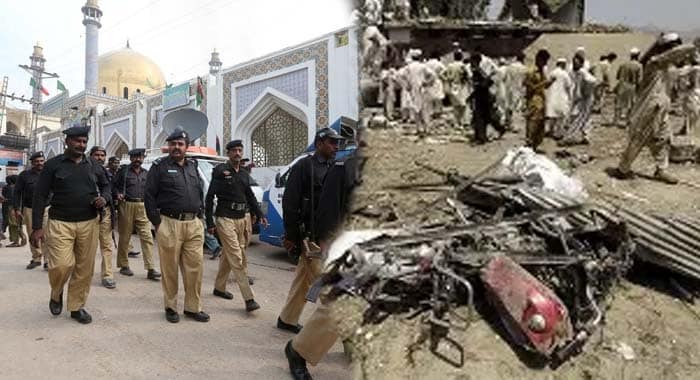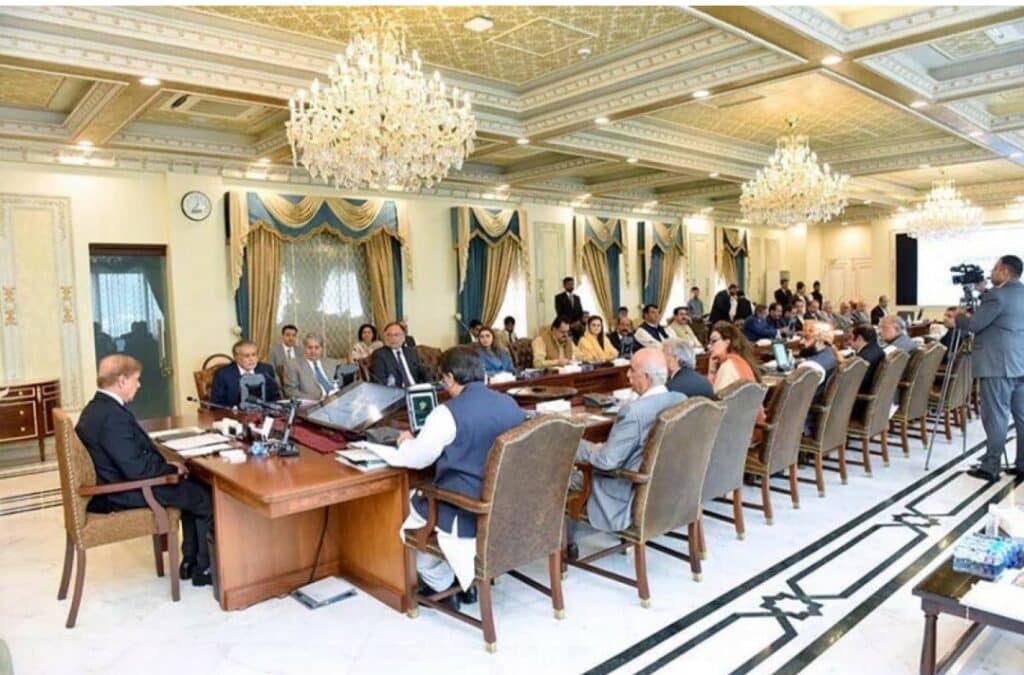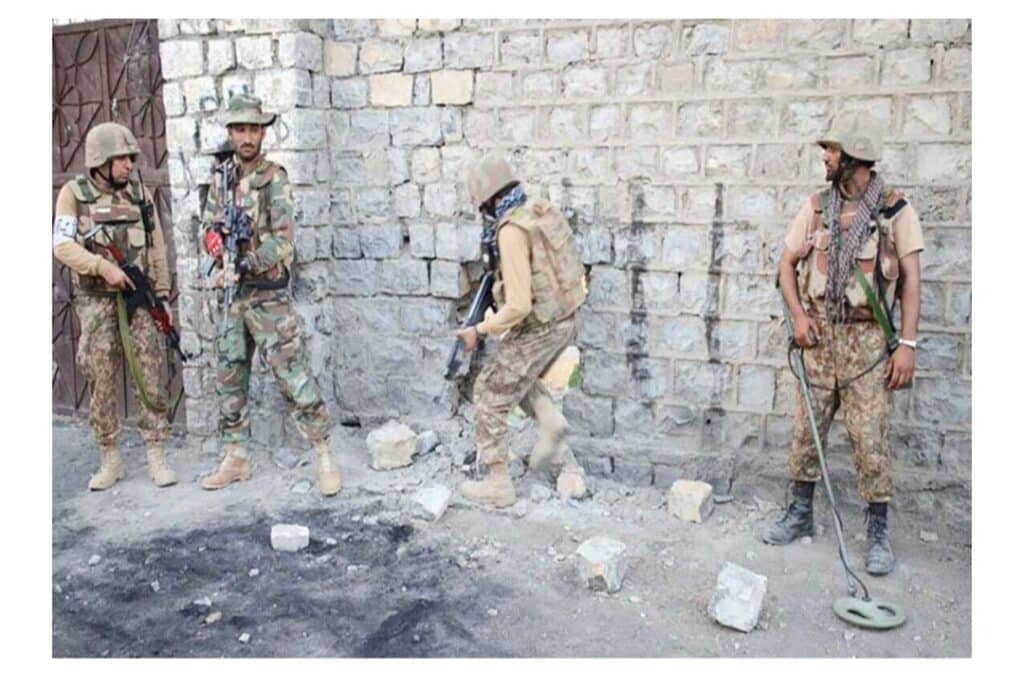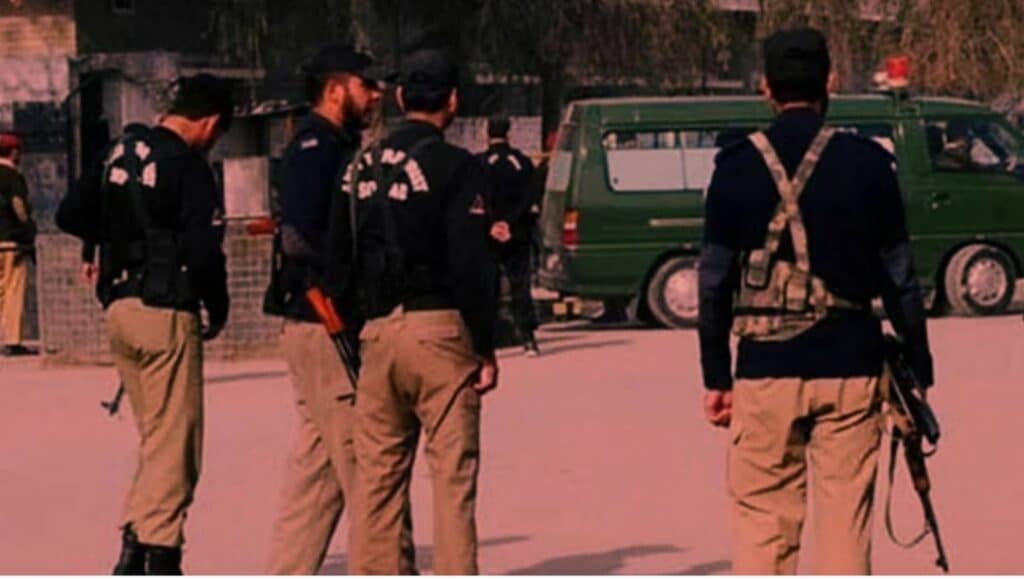Terror-related violence in Pakistan rose alarmingly during August 2025, with incidents jumping 74 percent compared to July, making it the deadliest month in the last ten years, according to a report by the Islamabad-based think tank Pakistan Institute for Conflict and Security Studies (PICSS).
The report notes 143 attacks nationwide, leaving 194 people dead and 231 injured. Those killed included 73 security personnel, 62 civilians, and one peace committee member, while security forces eliminated 58 militants. Among the injured were 129 security personnel, 92 civilians, 8 militants, and 2 peace committee members. Militants also abducted at least 10 people during the month.
In contrast, July 2025 recorded 82 attacks, with 101 fatalities and 150 injuries. PICSS observed that August surpassed all monthly figures since February 2014, when casualties were last recorded at such a high level.
Khyber Pakhtunkhwa, the Epicenter of Violence
Khyber Pakhtunkhwa (KP) saw the sharpest escalation, reporting 106 attacks in August, the province’s highest monthly tally in a decade. Tribal districts alone accounted for 51 incidents and 74 deaths, a staggering 200 percent increase. Other KP districts witnessed 55 attacks, killing 56 people, including 26 security personnel, 22 civilians, and 8 militants.
Security forces carried out operations in Bajaur and North Waziristan, partially dismantling militant hideouts, yet officials warn the security situation remains fragile.
Balochistan, Sindh, Punjab and Other Regions
Balochistan witnessed 28 attacks attributed to militants dubbed “Fitna al-Hindustan,” resulting in 52 deaths, including 23 security personnel and 21 civilians. Eight militants were killed and 45 people were injured. Forces neutralized 50 militants, the highest monthly toll in the province since June 2015.
Sindh recorded six attacks, leaving eight dead (six civilians and two security personnel). Security agencies arrested 11 militants in Karachi.
Punjab saw two attacks: one in Dera Ghazi Khan, claimed by the banned Tehreek-e-Taliban Pakistan (TTP), killed a civilian before the assailant was shot dead. In Rawalpindi, a young religious scholar was gunned down.
In Gilgit-Baltistan’s Chilas area, militants linked to “Fitna al-Khawarij” attacked security forces, killing two personnel and injuring one.
Counter-Offensives and Overall Casualties
Security forces mounted a nationwide response, killing 100 militants and arresting 31. These operations, however, cost the lives of three civilians and one security officer.
In total, 298 people died in militancy and counter-terror actions in August, including 158 militants, 74 security personnel, 65 civilians, and one peace committee member. Injuries totaled 250. Compared with July, security force fatalities doubled, injuries rose by 145 percent, civilian deaths climbed 20 percent, and militant deaths increased 27 percent.
Legislative and Government Measures
To reinforce counter-terrorism efforts, President Asif Ali Zardari signed the Anti-Terrorism (Amendment) Bill 2025, aimed at tightening legal oversight and strengthening enforcement mechanisms.
In response to unrest, the Balochistan government extended Section 144 for another 15 days. The federal government directed officials to label the TTP as “Fitna al-Khawarij,” while Balochistan-based groups were classified as “Fitna al-Hindustan,” a move designed to highlight suspected foreign interference.
Escalation of Militancy
Experts note the ongoing spike in terrorism traces back to November 2022, when the TTP formally ended its ceasefire with the government and resumed large-scale attacks. The Global Terrorism Index 2025, released in March, ranked Pakistan as the second most affected country, reporting a 45 percent surge in terrorism-related deaths, totaling 1,081 in 2024.
Security analysts urge a comprehensive counter-terrorism strategy, improved intelligence coordination, and firm political resolve to reverse the tide of escalating violence.





